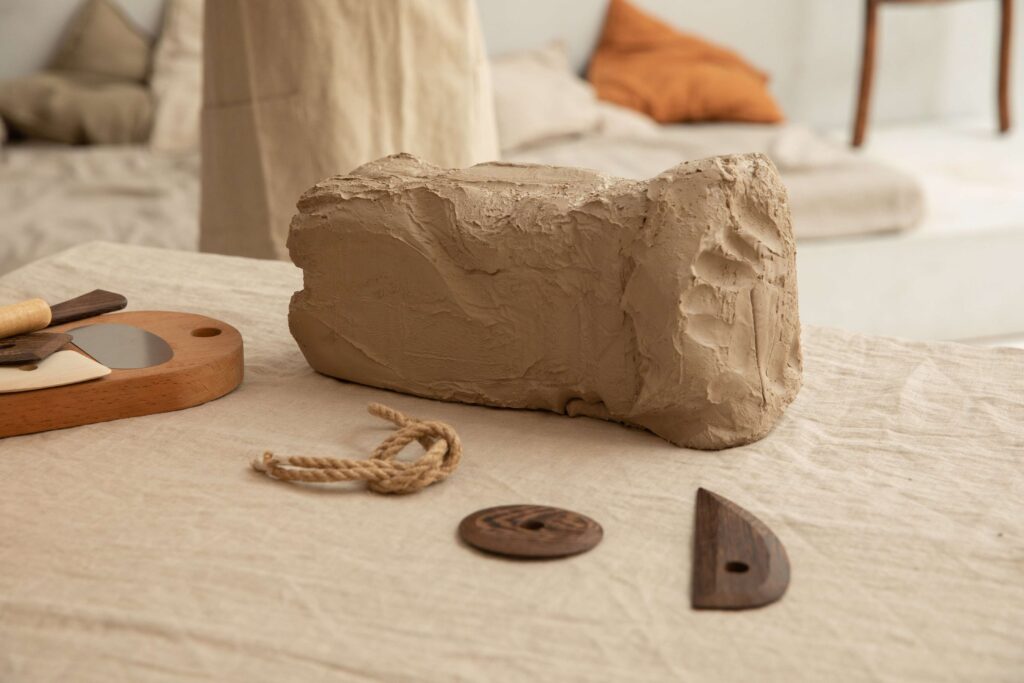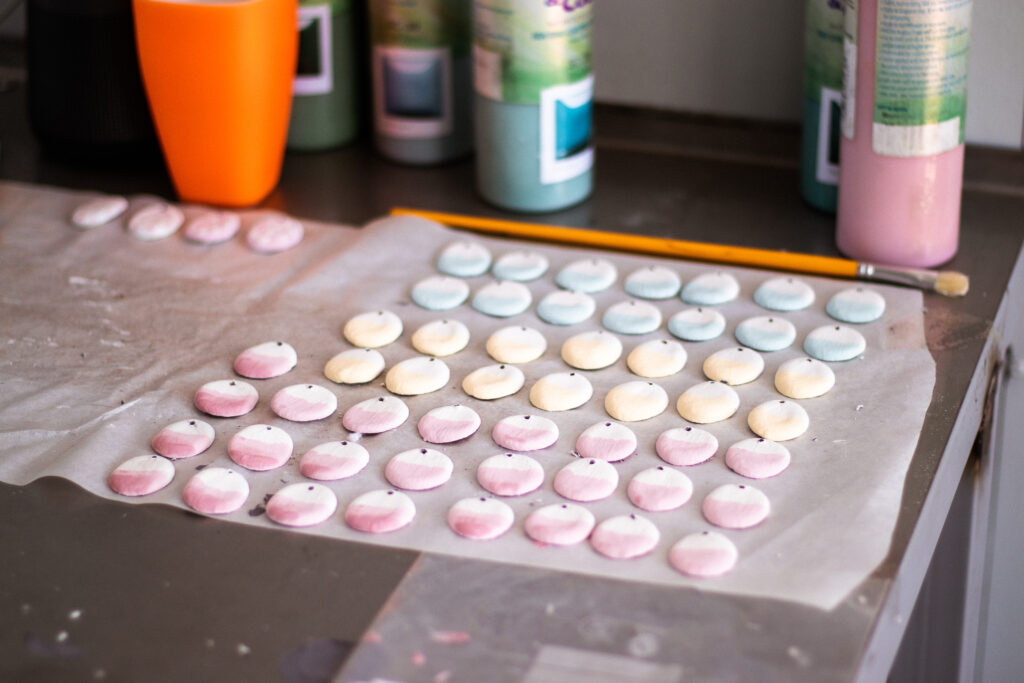When you think about sustainable fashion, the first things that come to your mind may be organic cotton, recycled polyester or thrift shops. However, sustainable jewelry is often left out of the conversation.
Sustainability often goes beyond recyclability or using ethically sourced materials towards a smaller environmental footprint. It also includes supporting local communities where the pieces are made, to offering full transparency and tracing, and to committing to zero-waste programs to prevent excess materials ending up in landfills.
Naturally giving back to the earth
Ceramic treasures — jewelry, pottery, dinnerware, and decor — are made from clay derived directly from the earth. When their use is over, they return to their origins: the earth.

Photo by Monstera from Pexels
Natural clay is excellent for creating beautiful, safe and sustainable pieces you can feel good about using in your home, like vases. Their designs are stylish and timeless, so you tend to take more care of it too so that you can gift it to someone in the future.
An eco-friendly production process
Built for durability
Ceramic jewelry is usually coated with special glazes that make the final piece unreactive to other elements. It can withstand extreme temperature changes and is more durable than common metal jewelry. This means that it’s created to last thousands of years, like ancient china you might find in museums.

Photo by Riho Kitagawa on Unsplash
Toxin-free ingredients
The jewelry I make uses special glazes that are 100{9eee4a2cdd069b754fe326822c8d6e80e0804275733a8c4ece75f68929a45fa3} water-based and safe to use without releasing toxins into the air or land during disposal. This is super important so that you can wear your jewelry for long and gift them to your loved ones without worrying about chemical sensitivity.

Batch production for energy conservation
Ceramic jewelry is hardened and finished in a high-temperature kiln that goes upwards of thousands of degreea for more than ten hours. Additionally, many types of glazes require two trips to the kiln to finish. If that energy usually comes from fossil fuels, that’s a pretty heavy environmental footprint for say, one pair of earrings.
However, the kiln never has only one small object! Dozens can be baked in one go. This means that the energy signature per piece is significantly lower than even glass, sicne glass takes more energy to make than ceramic items.
Recycling
Every ceramic in the manufacturing process develops ceramic waste – broken and unusable pieces. How is this minimized to produce less waste with each production process?
Rozenthal Jewelry uses a terrazzo technique, which uses fragments of scrap pieces are incorporated into fresh porcelain. This creates new, fresh pieces that are environmentally and consumer-friendly.





 Lipa na Mpesa
Lipa na Mpesa